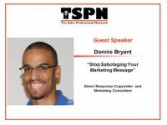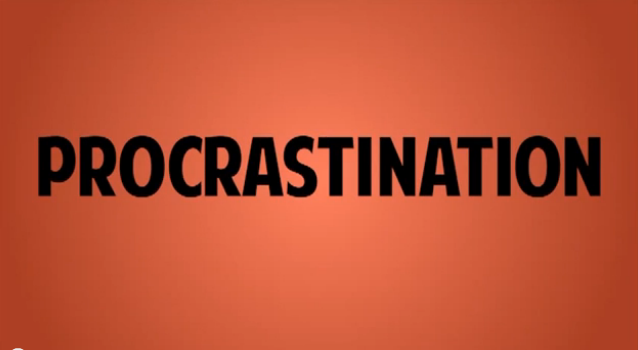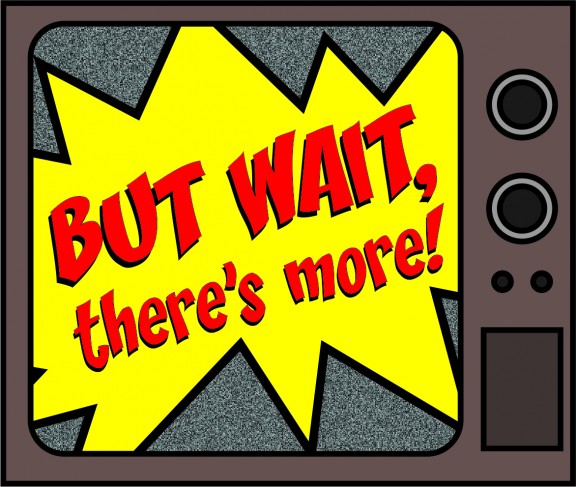We had our first real snowstorm in the Chicagoland area yesterday.
While I was outside removing snow from the sidewalk and driveway this morning, I felt a little pride. Shoveling is not my favorite activity, but I think I did a pretty good job. I took care of it early so that the kids waiting on school buses wouldn’t have snow invading their shoes, making their Monday morning socks cold and wet. (Mondays are tough enough on school kids anyway, right?) The walkways are well-cleaned and salted to prevent slippery ice patches.
Yeah, I did a pretty good job. I don’t like to brag, but I might even be the best on the block.
Despite the high quality of my work historically, no one’s walked up to me and offered to pay me to shovel the sidewalk in front of his house. I won’t hold my breath waiting for that to happen, either.
The same is true for your business. No matter how great what you offer is, having a customer randomly approach you with cash in hand is not very likely. Your product or service may even be the “best on the block.”
This is why marketing is so important. You have to tell people who you are, what you do and how choosing you will improve their lives. They need to know why they should do business with you.
A few other thoughts popped into my freezing cranium while I was taking care of my winter duties this morning:
- There’s never a shortage of people willing to pay to avoid pain. I can’t think of any surer way to position yourself to win in the marketing game. I mean, who likes to have people ringing their door bells early in the morning? But when he’s offering to relieve you of the necessity to face frostbitten toes, he’s a pretty welcome sight. Think of ways to solve problems or erase pain for your prospects, and you’re well on your way to success.
- You don’t have to be the best. You don’t have to be the only person who does what you do, either. How many industrious individuals are out there making money cleaning up snow for other people? Quite a few. There’s plenty of action to go around. Don’t let the fact that you’re not one of the “big dogs” stop you. Davids beat Goliaths every day. Even if they don’t wipe them out completely, lots of them get big enough pieces of the pie to make it worth their while. Never let competition scare you off from chasing your aspirations. Find a chink in their armor, and go for it.
- Finding a “hot” market is the best way to go. A snowstorm like this one produces all the ingredients of a hot market. There’s a large group of people facing an ugly problem. Almost no one wants to deal with this problem (who doesn’t hate shoveling snow or scraping ice?), but it has to be resolved. The few people willing and equipped to take on the task have an immense potential to profit. Do you provide an solution to a pain, problem or fear that your core audience feels acutely? Are there enough people in that group for you to generate the kind of revenue you are looking to earn? If so, you have a very solid foundation.
December is a funny time of year. Depending on your seasonality, this could be the busiest time of year or your slowest. But no matter what, targeted marketing gives you opportunities to gain ground as a business, even if it’s just planting seeds that will begin sprouting a few months down the line. Keep at it.








